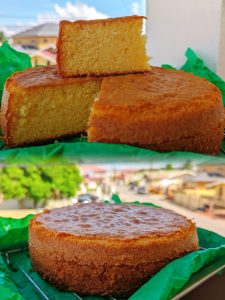Cake-cutting ceremonies are common throughout the world. From birthdays to weddings and celebrations of success, a beautifully decorated, big cake makes the centrepiece. Eating this dessert is a ceremony in itself, with numerous cake shops being found at every locality across the globe. Even Indians cannot resist this sweet delight that contains the delectable mixture of refined flour, sugar, and eggs. The protein-filled egg serves as a binding agent that holds all ingredients together. The egg cake, or as the Indians call it, ande ka cake, utilizes multiple eggs and other ingredients to make the cake taste rich and decadent.
What is the history of an egg cake?

The term ‘cake’ originated centuries ago, with the word being traced back to the Vikings who called it ‘kaka’. The ancient Greeks created this unique mixture made from flour, milk, honey, and eggs. Thus began the tradition of egg cakes. This baked dish became increasingly popular and started evolving as it satiated the sweet tooth of the people. The English did not know much about the baking of cakes. They confused it with baking bread, which looked similarly flat. It was the classic sponge cake that was first baked during the Renaissance period by the Spaniards that kicked off the popularity of these cakes in England. This particular type of egg cake is famously called ande ka cake across North India today.
We’ve got an easy and delicious recipe for you today that you can make using Licious fresh eggs! Licious eggs are hormone and antibiotic residue-free, they are naturally laid, cleaned and tested for freshness. We’ve got brown, quail, classic white, kadaknath eggs and more, that would make rich & creamy cakes.
Ingredients:
- 1.5 cups refined flour (maida)
- 1.5 teaspoons baking powder
- ¾ cup…









